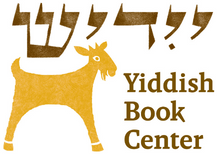
Young, Gifted and Yiddish
- Written by:
- David Mazower
- Published:
- Summer 2017 / 5777
- Part of issue number:
- 75
Young writers and young readers forged a modern Yiddish literary culture together. They did so at a time of political turmoil and often in the midst of wrenching personal change. Daring and defiant, the new Yiddish literature was the product of youthful experimentation and rebellion.
In this portfolio piece, Yiddish Book Center bibliographer and editorial director, David Mazower, takes us through a photographic history of these young Yiddish writers, including Isaac Bashevis Singer, Hinde Zaretsky, David Pinski, and Ida Glazer, in celebration of their creativity and resilience. The following photos are a few of the highlights of the article.
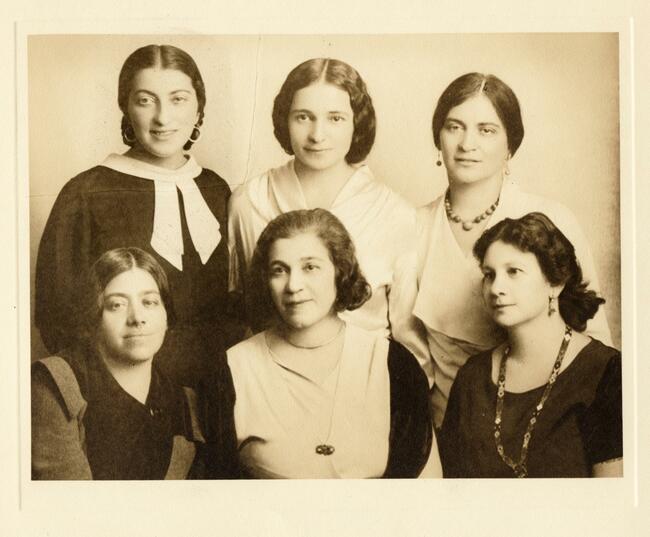
A Yiddish literary sisterhood, defying the almost uniformly male face of so many Yiddish writers’ groups and institutions.
Back row (from right to left): Berta Kling, Esther Shumiatsher, Malka Lee. Front row (from right to left): Ida Glazer, Sara Reyzen, and Celia Dropkin, whose intensely erotic poems scandalized some male critics.
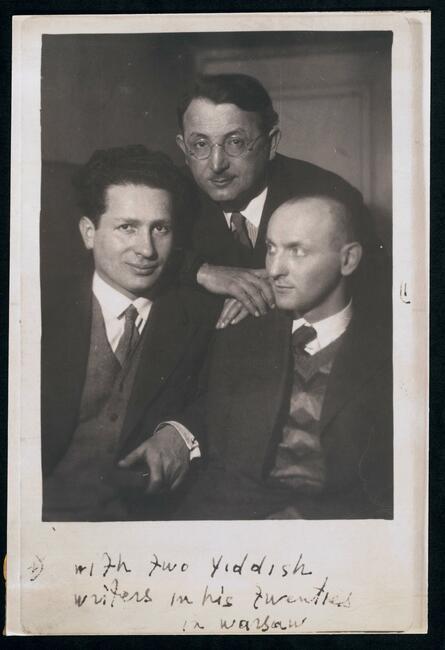
Isaac Bashevis Singer in his twenties in Warsaw with fellow writers Yosef Kirman (left) and Yoshue Perle (center). The ex-rabbinical student was translating novels to earn money, publishing his first stories, and spending much of his time in the Yiddish Writers’ Club.
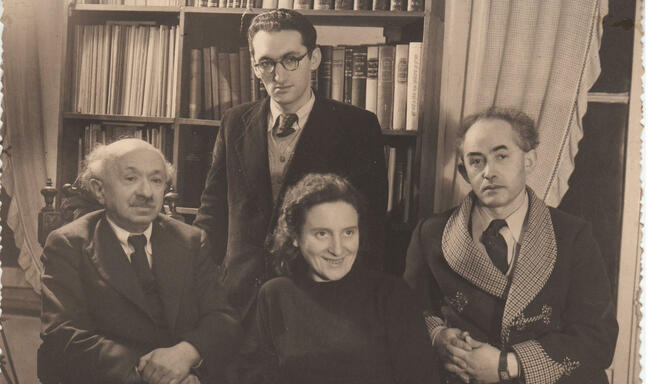
Chava Rosenfarb was born into a working-class family in Lodz in 1923. Her schooling was cut short by the war, and at seventeen she became the youngest member of the Lodz Ghetto writers’ group, later surviving both Auschwitz and Bergen-Belsen. These photos show Rosenfarb in the late 1940s, as she began to make her name as a poet and novelist. Here in Brussels with the London Yiddish writer Moshe Oved, who financed and published her early collections of poetry (left), her husband (standing), and the poet Shaye Zandberg (right).
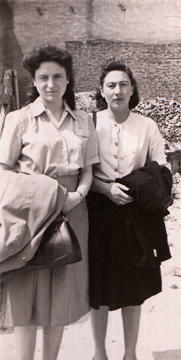
Chava Rosenfarb visiting the building where she was forced to live in the Lodz Ghetto.
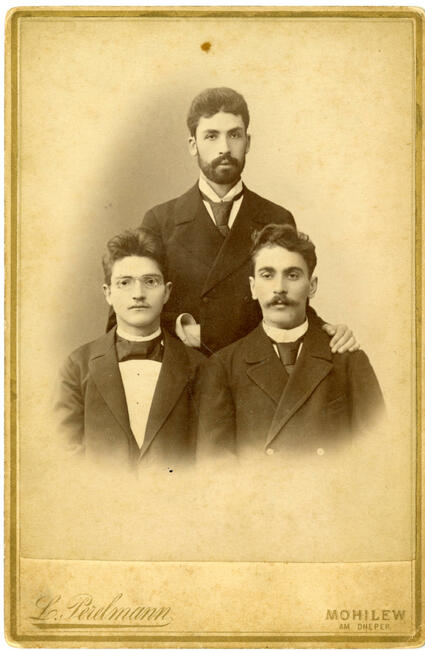
Playwright and prose writer David Pinski (seated, right) with a cousin and friend in his hometown of Mogilev, Russia, 1894. Aged twenty-two here, Pinski was already an established writer as well as an active Zionist and propagandist for Yiddish. He moved to Berlin in 1896 and settled in the United States in 1899.
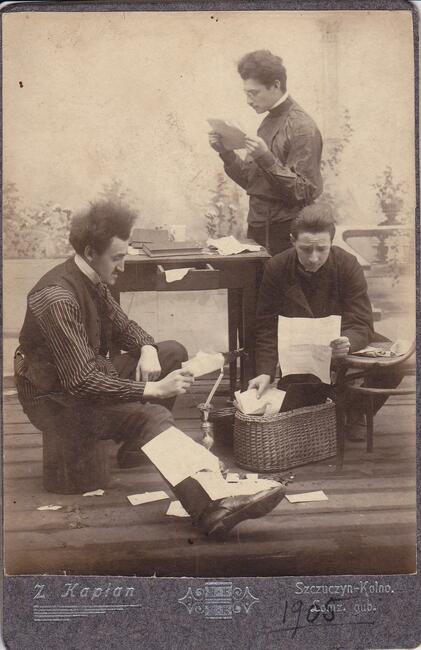
A teenage Joseph Opatoshu (with gravity-defying hair) on stage in a Polish shtetl shortly before his emigration to America in 1907. According to his grandson Dan Opatoshu, the young aspiring writer sported “large floppy hats, flowing capes, silk cravats, and a stylish pencil moustache.”
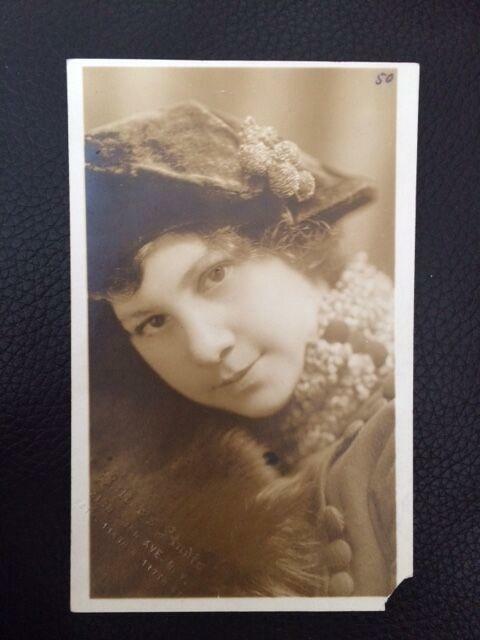
By the time she was twenty, Russian-born Ida Glazer (Edith Glasser) had published poems, joined the revolutionary movement, fled Tsarist police surveillance, emigrated to New York, moved back to Odessa, and returned once more to the United States. Later she became known for her Yiddish children’s poetry.
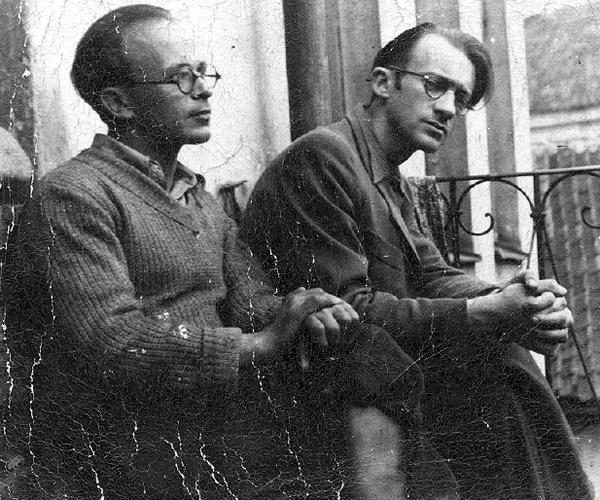
Avrom Sutzkever (right) and Shmerke Kaczerginski on a balcony in the Vilna Ghetto in July 1943. Key figures in the prewar cultural group Yung Vilne, they led parallel and extraordinary lives—as ghetto chroniclers and arms smugglers, rescuers of YIVO archives, and finally as partisan fighters.
